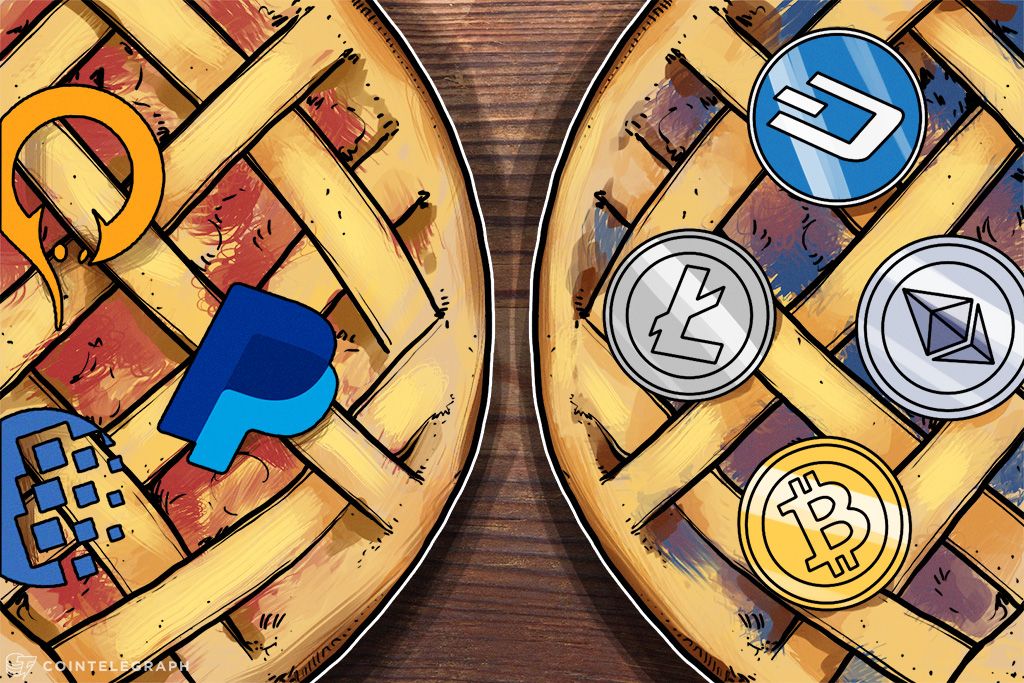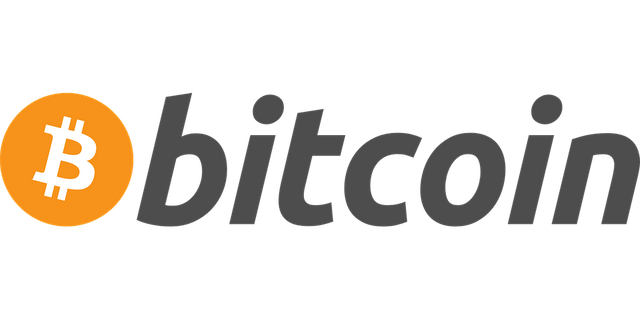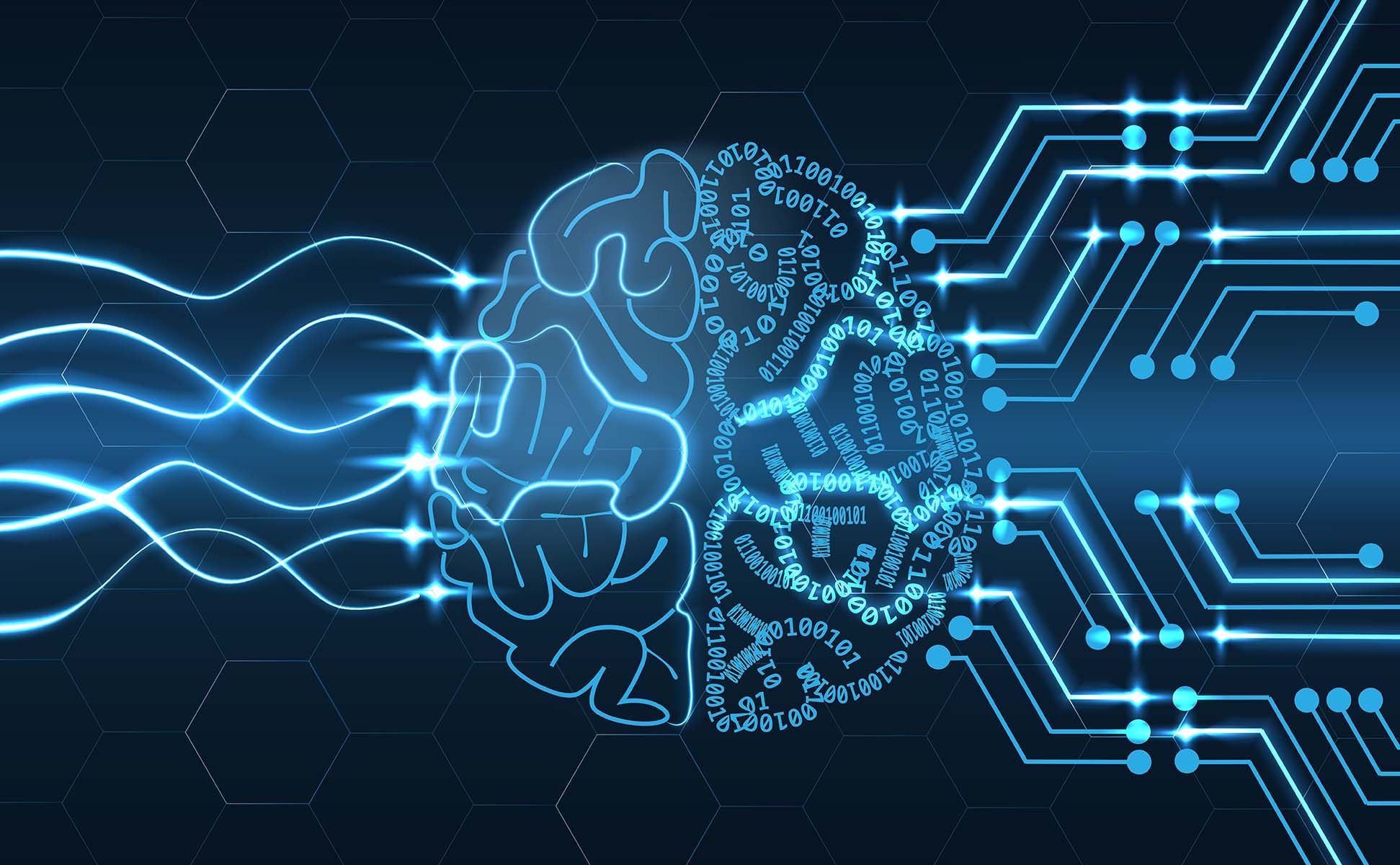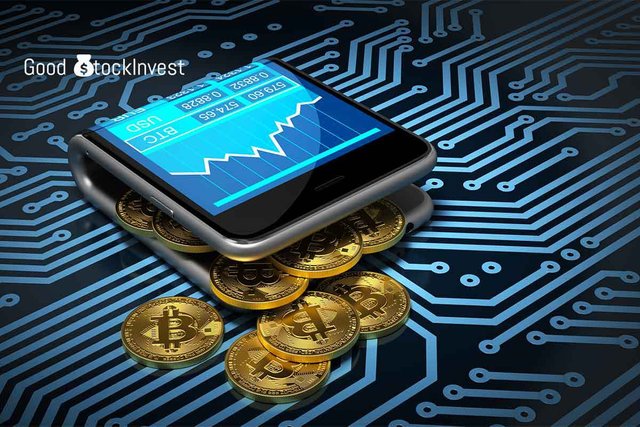Digital Currencies vs. Cryptocurrencies, Explained

What are digital currencies?
Digital currencies are money used on the Internet.
Digital money exists only in the digital form. It doesn’t have any physical equivalent in the real world. Nevertheless, it has all the characteristics of traditional money. Just as classic fiat money, you can obtain, transfer or exchange it for another currency. You can use it to pay for the goods and services, such as mobile and Internet communication, online stores and others. Digital currencies don’t have geographical or political borders; transactions might be sent from any place and received an any point in the world.
Actually, digital accounts and wallets may be regarded as bank deposits.

What are cryptocurrencies?
Cryptocurrencies are a variety of digital currencies.
Cryptocurrency is an asset used as a means of exchanging. It is considered reliable because it’s based on cryptography.
One of the cryptography’s primary objectives is communications and how to make them secure. It creates and analyzes the algorithms and protocols so no information is changed or interrupted during the conversation by third parties. Cryptography is a mix of a large number of different sciences, with mathematics as the basic. It’s math that attaches the severity and reliability to algorithms and protocols.
Cryptocurrencies use Blockchain and a decentralized ledger. It means that no supervisory authority controls all the actions in the network. This comes at the expanse of all the users.

What are the core differences between the two?
Though cryptocurrency is a type of digital currency, there are some fundamental differences.
Structure. Digital currencies are centralized; there is a group of people and computers that regulates the state of the transactions in the network. Cryptocurrencies are decentralized, and the regulations are made by the majority of the community.
Anonymity. Digital currencies require user identification. You’ll need to upload a photo of yourself and some documents issued by the public authorities. Buying, investing and any other processes with cryptocurrencies do not need require any of that. Nevertheless, cryptocurrencies are not fully anonymous. Though the addresses don’t contain any confidential information such as name, residential address, etc., each transaction is registered, the senders and the receivers are publicly known. Thus, all the transactions are tracked.
Transparency. Digital currencies are not transparent. You cannot choose the address of the wallet and see all the money transfers. This information is confidential. Cryptocurrencies are transparent. Everyone can see any transactions of any user, since all the revenue streams are placed in a public chain.
Transaction manipulation. Digital currencies have a central authority that deals with issues. It can cancel or freeze transactions upon the request of the participant or authorities or on suspicion of fraud or money-laundering. Cryptocurrencies are regulated by the community. It’s very unlikely that the users will approve the changes in the Blockchain, although there were some precedents such as the hack of The DAO. However, the amount of money was significant, and the decision was uncertain.
Legal aspects. Most countries have some legal framework for digital currencies, i.e., Directive 2009/110/EC in the European Union, or Article 4A of the Uniform Commercial Code in the US. We cannot say the same about cryptocurrencies at the moment. In most countries, their official status is not defined. The establishment of the legal framework is only in the process.
What are the strengths and weaknesses of digital money?
Most distinctions can be considered as both advantages and disadvantages.
In a centralized system, there is a group of people responsible for the state of the whole system. If you made a mistake in a transaction, you can make a request to the company and rely on the successful outcome. You cannot do this in the decentralized system. On the other hand, centralized networks keep a lot of confidential information about the users. This data may get lost, hacked or be transferred to law enforcement agencies at court request. Decentralized networks do not have these problems. The same goes for a transaction cancellation. If the system is revocable, you can make changes to a transaction. At the same time, it opens room for fraudulent activities.
Is it possible to combine the benefits of both?
Adopting centralized systems for the decentralized network might work.
As reported by Forbes, more than two bln people are unbanked or do not have access to bank services. There are over five bln people that use mobile phones, and this number is growing rapidly. Thus, the banking system can be implemented into the mobile network to provide services to more people. Using cryptocurrency and Blockchain, you can enjoy all the benefits of transparency, security and decentralization. With digital money, you get controlling body, a number of digital wallets and regulation base.
One of the examples of how to combine the two is being realized by Telcoin. The main idea is to combine mobile companies over the world with the banking system. The banking system is represented by the symbiosis of digital money and a new cryptocurrency, that will provide different services, like mobile money, prepaid credit and postpaid billing platforms.

To get more information go here.